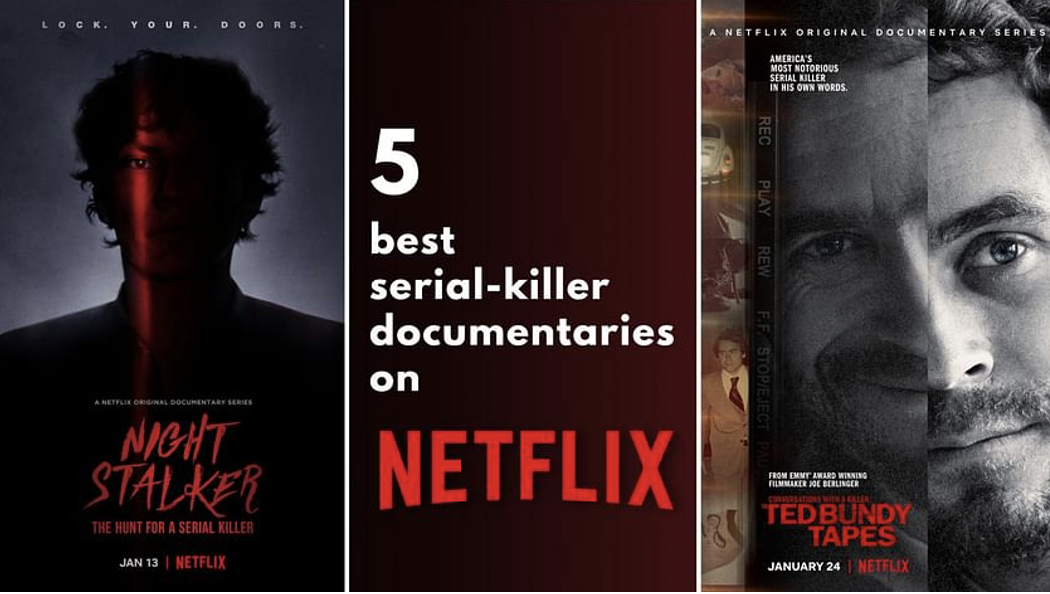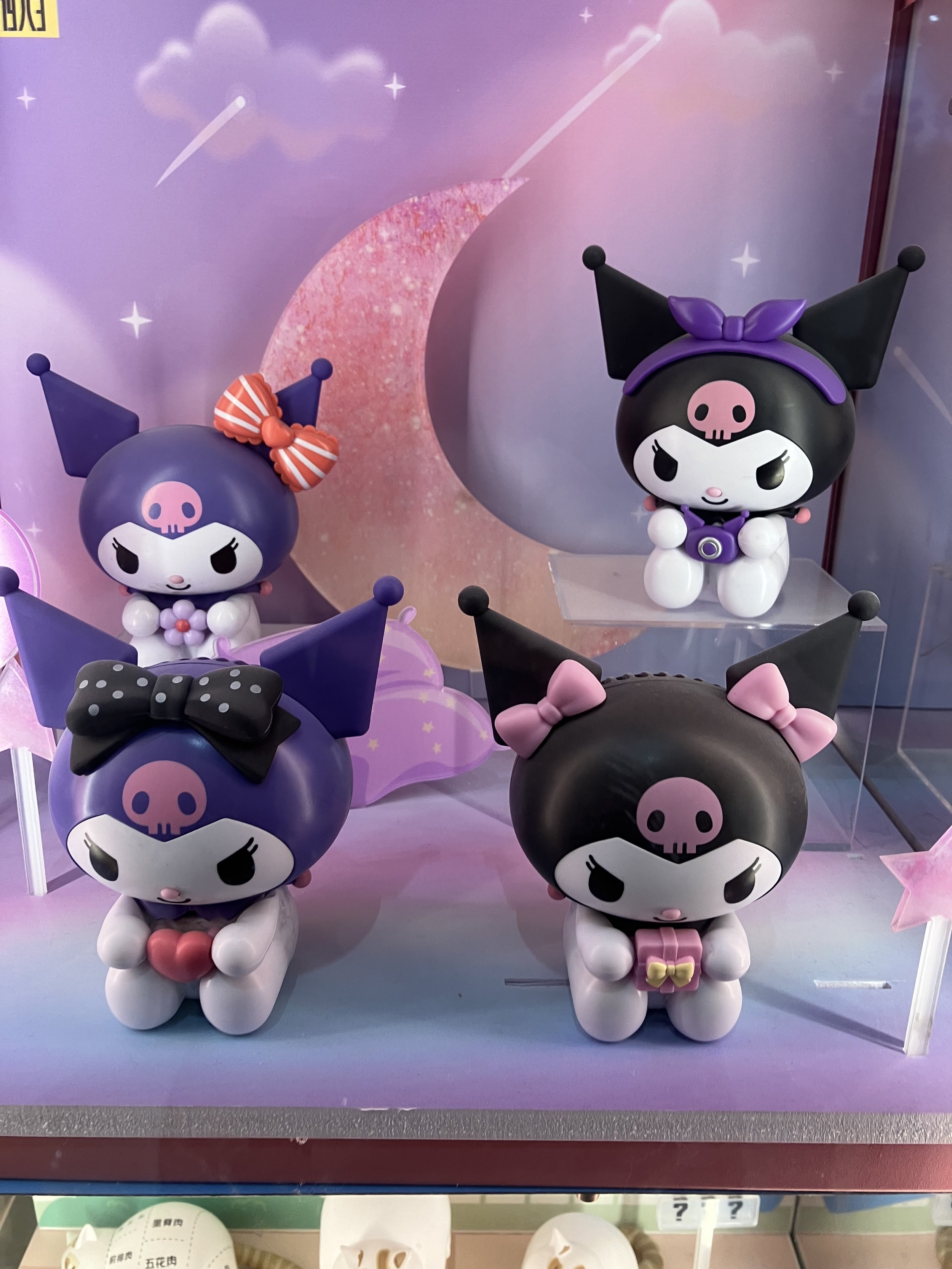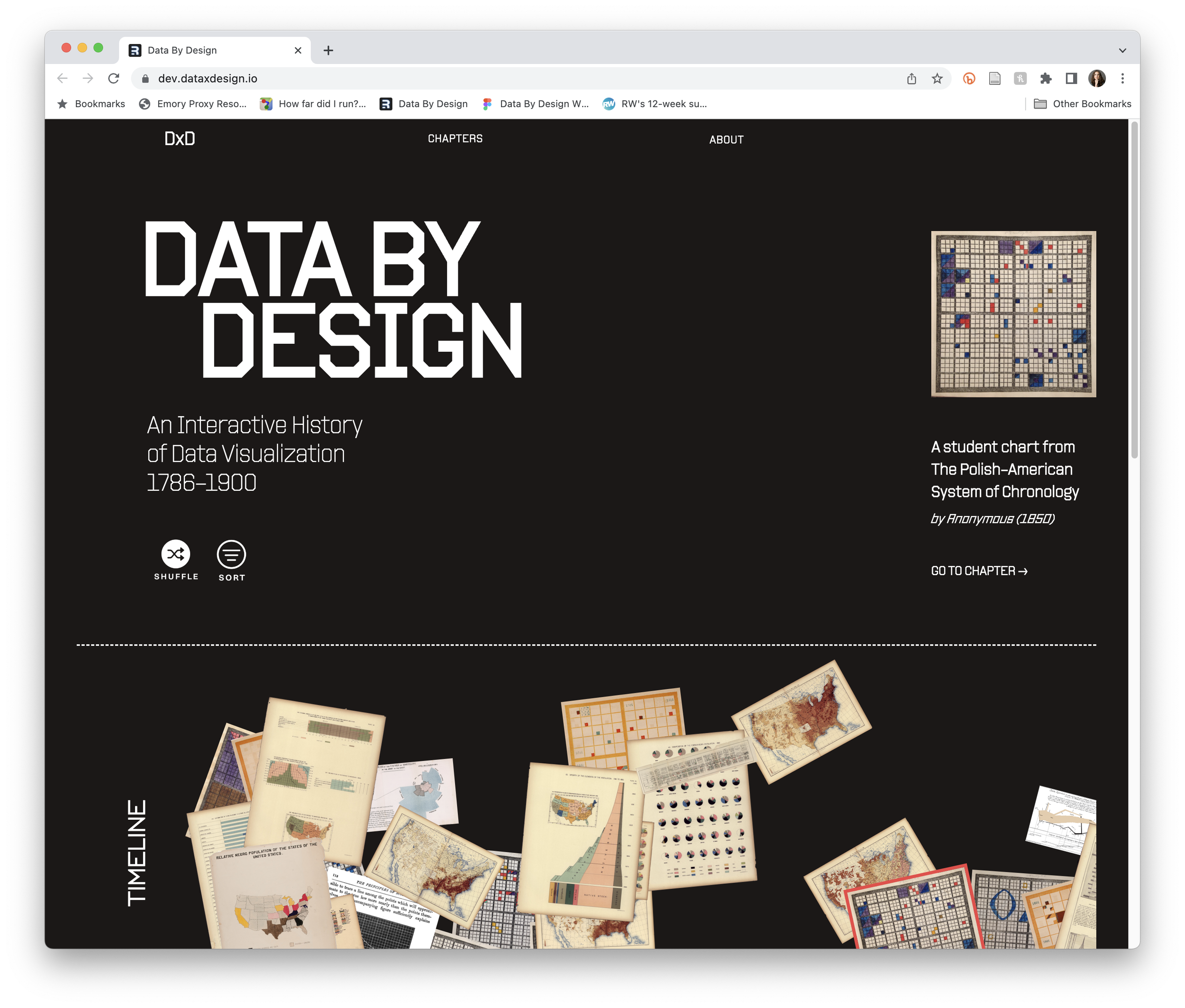OSCAR WATCH 2024 — World on Fire: Reflections on 'Oppenheimer' (2023) and Contemporary Hollywood
/Welcome to the first of a series of critical responses to the films nominated for Best Picture at the 96th Academy Awards. This piece explores the timeliness of Christopher Nolan’s Oppenheimer (2023), a biopic about the so-called “father of the atomic bomb”, by relating the film’s story and imagery to the contemporary threat of nuclear war, judged to be greater than at any time before by the Bulletin of Atomic Scientists setting its Doomsday Clock to 90 seconds to midnight. In addition to indicating the film’s impressive success with critics, the piece explores the film’s chances at this year’s Academy Awards with regards to the Academy’s love of biopics and of Nolan. Oppenheimer’s surprising commercial success is situated within decades-long trends at the global box office. The film marks a triumphant return to the tradition of blockbusting historical epics, combines talking heads with spectacular visual effects imagery, places 20th century science and engineering within a mythological framework, and raises many questions about its protagonist, steadfastly refusing to provide clear cut answers.
Read More













































